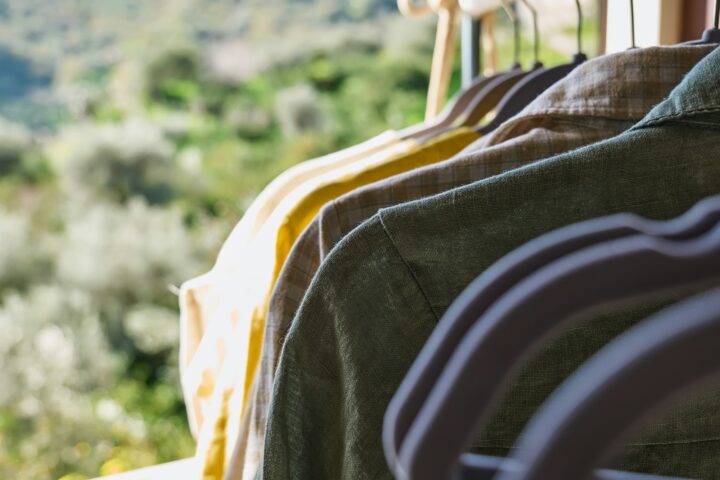Style comes in all shapes, sizes and sexes, but not fashion. While scrolling through the many online-shopping portals, one would be lucky to come across a rare sighting of a plus-size male model. The modeling industry is starkly divided on the gender lines with the female models taking the lead in every aspect. The fashion industry has always been slow to adopt changes and the case falls fit with the inclusivity of plus-size male models. The dearth of dad bods and excessive flooding of wash-board abs is a common phenomenon in the industry. This brings in the question, where are all the plus-size male models? aka, our very own fluffy beings.
So, what exactly is a plus-size model? Any size disrupting the conventional standards of bodily measurements is a plus-size. The plethora of variations in height, weight, color, and sexual orientations have slowly started to break into the high castles of fashion. But their representation is limited and often gets undermined in the vast pool of normalcy. Many factors over the decades have contributed to this menace of exclusivity. Here, we spell out a few.
Fashion is all about selling that impossible and unattainable dream which is often draped in sexual fantasy. Be it Mark Wahlberg’s sensational Calvin Klein commercial with Kate Moss or David Gandy being the patron of Dolce & Gabbana, it has always been the standard of fashion. Elitism and fixation of these standards backed by advertorial propaganda of an ideal body type crept in an unwelcoming attitude towards plus-size bodies.
Body positivity is a fashion faux for many brands. Most of the brands hire a couple of plus-size models and easily fetch the diversity ticket. The selection of these models is often done because they come with pre-installed fame and help in gaining social-media traction. It is easy to spot these odd ones out in show or editorial roles. This selective diversification is an equally unrepresentative venture by the brands.
The role of modeling agencies is precarious. Only a few modeling agencies have a dedicated plus-size counter. This is also partially because of low demand for plus-size models by brands, hence, the shortage in supply. Agencies tend to keep a handful of these models at their disposal to meet industry-specific needs of brands and other clientele. Lack of serious consideration to plus-size models as against their standard-sized counterparts is another discriminatory issue.
Plus-size modeling is not pursued as a full-time career nor is considered lucrative enough as well. Many established plus-size models are full-time employees in other occupations and do modelling as a part-time activity. This is because of the scarce opportunities presented by the modelling industry. An absence of a face of a representative plus-size community of models adds to the failure in making their voices heard.
The psychological aspect of plus-size modelling is a major issue that keeps enthusiastic plus-size models at bay. Models are afraid of fat-shaming, which tends to downgrade their morale and sheds their confidence. The standards of the fashion industry seem to be unbending and multiple rejections faced by plus-size models, pushes them to change their bodily stats to fit in the glove. This frequently is found to take a toll on their mental health and psychological wellbeing.
In conclusion, it can be asserted that the fashion industry is relaxing its superfluous norms to a tiny extent. 2016 marked the first year in which a plus-sized model was first signed by IMG Models’ Brawn division which caters to plus-size models. Curve Model Management is one agency that caters to a wide range of models including plus-size models. Many plus-size fashion bloggers are gaining virtual acceptance through platforms like Instagram and Snapchat.
The way is all up-hill but change and acceptance of plus-size models is sure to be an inevitable reality soon.










